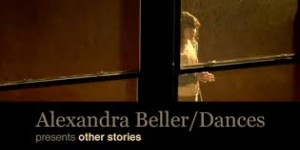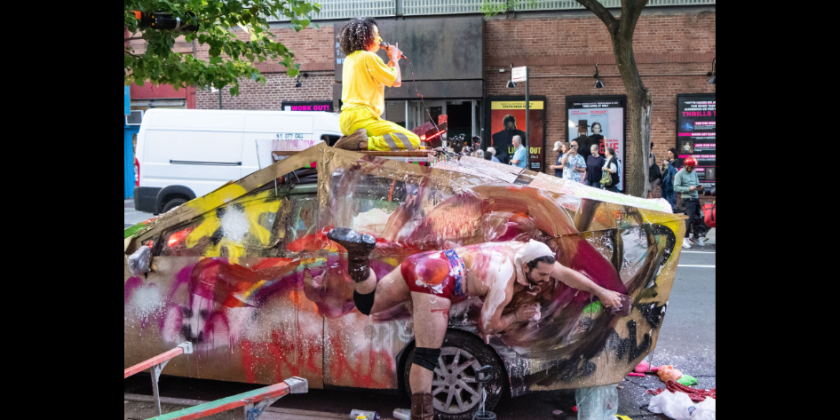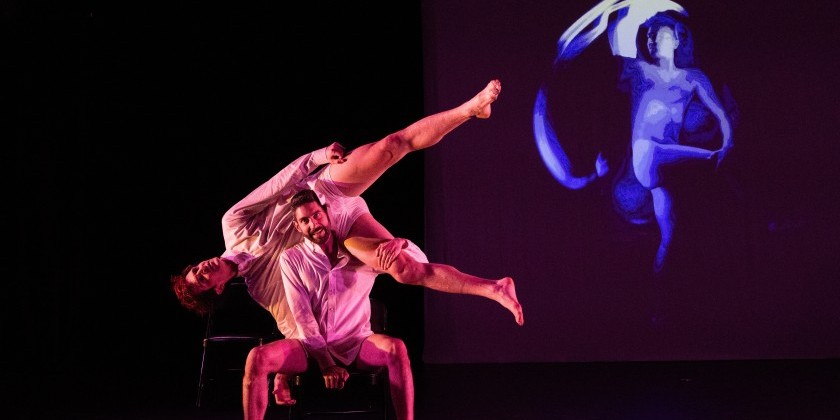A Day with Alexandra Beller discussing her latest work "milkdreams"
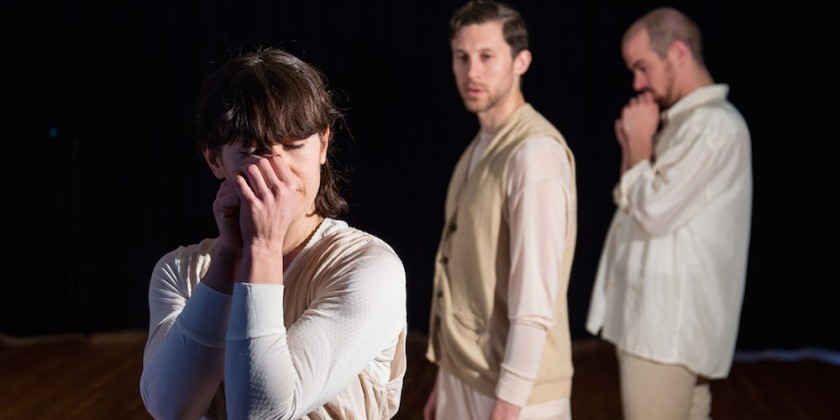
Premiering at La MaMa
"milkdreams"
Choreography by Alexandra Beller
Performed by Carly Berrett Plagiankos, Lea Fulton, Edward Rice, Simon Thomas-Train
Original Score by Robert Poss
Live Music by Robert Poss and Kato Hideki
premiering at the Ellen Stewart Theatre 66 East 4th Street, 2nd Floor
June 11-21, 2015 Thursday, Friday, and Saturday at 8 p.m./ Sunday at 4 p.m.
To purchase tickets, please visit La MaMa
Live like there’s no tomorrow; love like you’ve never been hurt; and dance like nobody’s watching. At one point or another, we’ve heard this advice, but most of us struggle to apply it for any length of time. As adults, we’re well aware of the potential downside: Our past experiences have taught us how our present choices affect our future outcomes.
Little children, however, epitomize these exhortations with full-throttle exuberance. They abide in the here and now with the past and the future too murky to be comprehended as of yet. Kids live like there’s no tomorrow, and love like they’ve never been hurt. They also dance like nobody’s watching, an appealing if odd concept for adult dancers whose job revolves around performing for others.
In Alexandra Beller’s “milkdreams,” which will receive its premiere at La MaMa, she revisits this golden age of infants and toddlers when reflexive self-censoring hasn’t yet set in. The seed was planted when Beller observed her two young sons’ movement. She says, “I realized my sons were doing beautiful dances.” To produce the movement vocabulary, she recorded videos of her sons’ dancing and then deconstructed their actions. Sometimes, her firstborn son (five years old at the time) would perform 15 steps in a row — a real phrase, while in other instances, he would smack his knee for a minute. The impact of using her sons’ antics went beyond this creation of physical material. Beller discloses, “On a personal level, making the piece has been a recuperative experience because I felt like they were with me in rehearsals.”
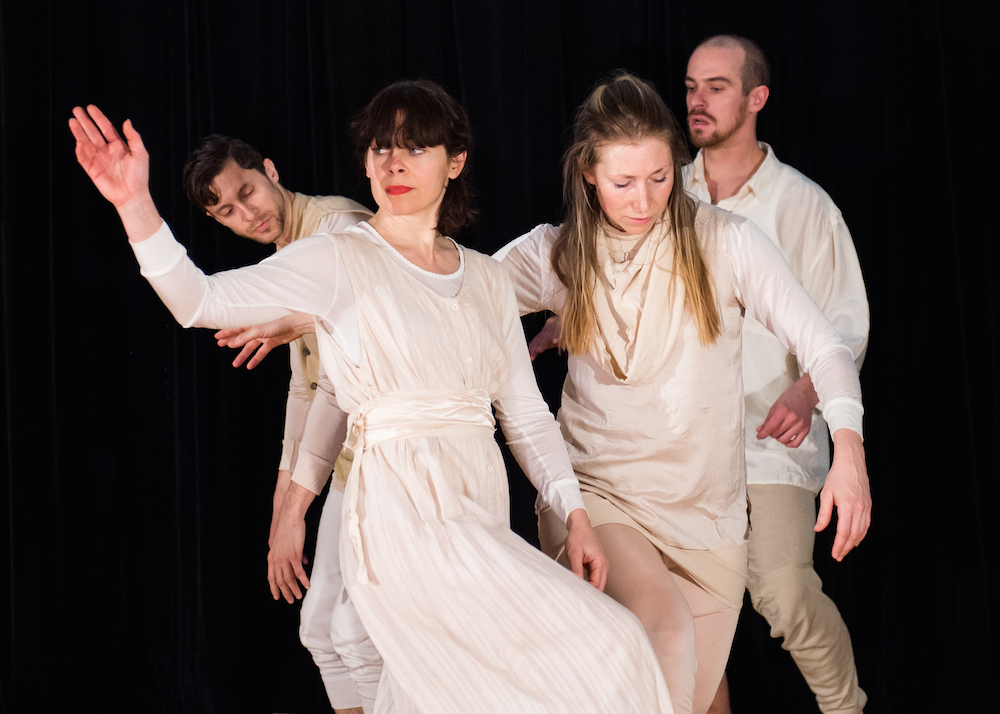
Teaching her quartet of dancers to unlearn everything that they have learned required them to go deep into their anatomy. Years spent mastering motions were stripped away. Beller laughs, “Here are these beautiful, trained dancers who can do anything, and I made them learn movement from a 14-month-old baby.” The cast investigated the Moro reflex, an infantile reaction to an abrupt loss of support. Babies spread their arms sideways, usually with the palms up and the thumbs flexed, and then retract their arms toward their body. To recreate the Moro reflex, Beller eliminated adult behavioral tendencies (such as engaging the core or reaching an arm back) until her dancers could perform the action instinctively. Adults may have inhibited their Moro reflex, but when the layers are peeled away, it’s still there.
Beller wasn’t content to simply breakdown movement and excavate original tendencies. She explored the impetus behind children’s physicality. She explains, “The whole reason babies move is to bond.” Thus, each and every action of a child — from fumbling gestures to stumbling strides — derive from their innate desire to get close to someone. As a result, when her dancers extend an arm, they illustrate this idea of connection, one person bridging the gap to another.
“milkdreams” marks a dramatic change from Beller’s former work: There is no text. She reveals, “I always felt the movement couldn’t express everything I needed it to say. When people try to express the depth of their experience in dance, it can become clichéd. I like to place audiences within the familiarity of their humanity to spark their empathy, and words help locate that empathy.” Children, though, haven’t developed the verbiage to express complex thoughts and emotions. Their main mode of communication is through movement. To fully embrace their world, she needed to eliminate text.
In many ways, “milkdreams” has become an investigation into the deeper meaning of life for Beller. She says, “Whatever life is not, babies were there. Is there god; is there nothing? Whatever it is — god, nothing, another planet — babies were there. They don’t start developing memories until 2 or 3. But they come out with a personality. When you watch babies move, you get a sense of what they know and the information that’s in their bodies.”
Beller, much like the babies and children in whom she has found inspiration, is embodying equal parts bravery and vulnerability. Throughout the two-plus-year process, she realized that she was trying to hide the piece, first by making it part of another work and then by considering (and ultimately rejecting) a large set and a preshow section. She admits, “I am afraid of the dance. It’s very exposed. But, I have to let go of my ego and walk the walk I’ve asked my dancers to walk.”





